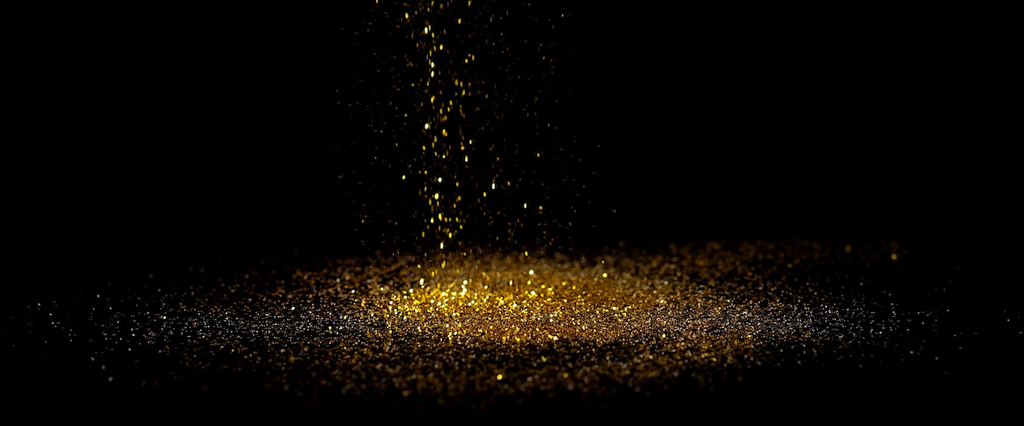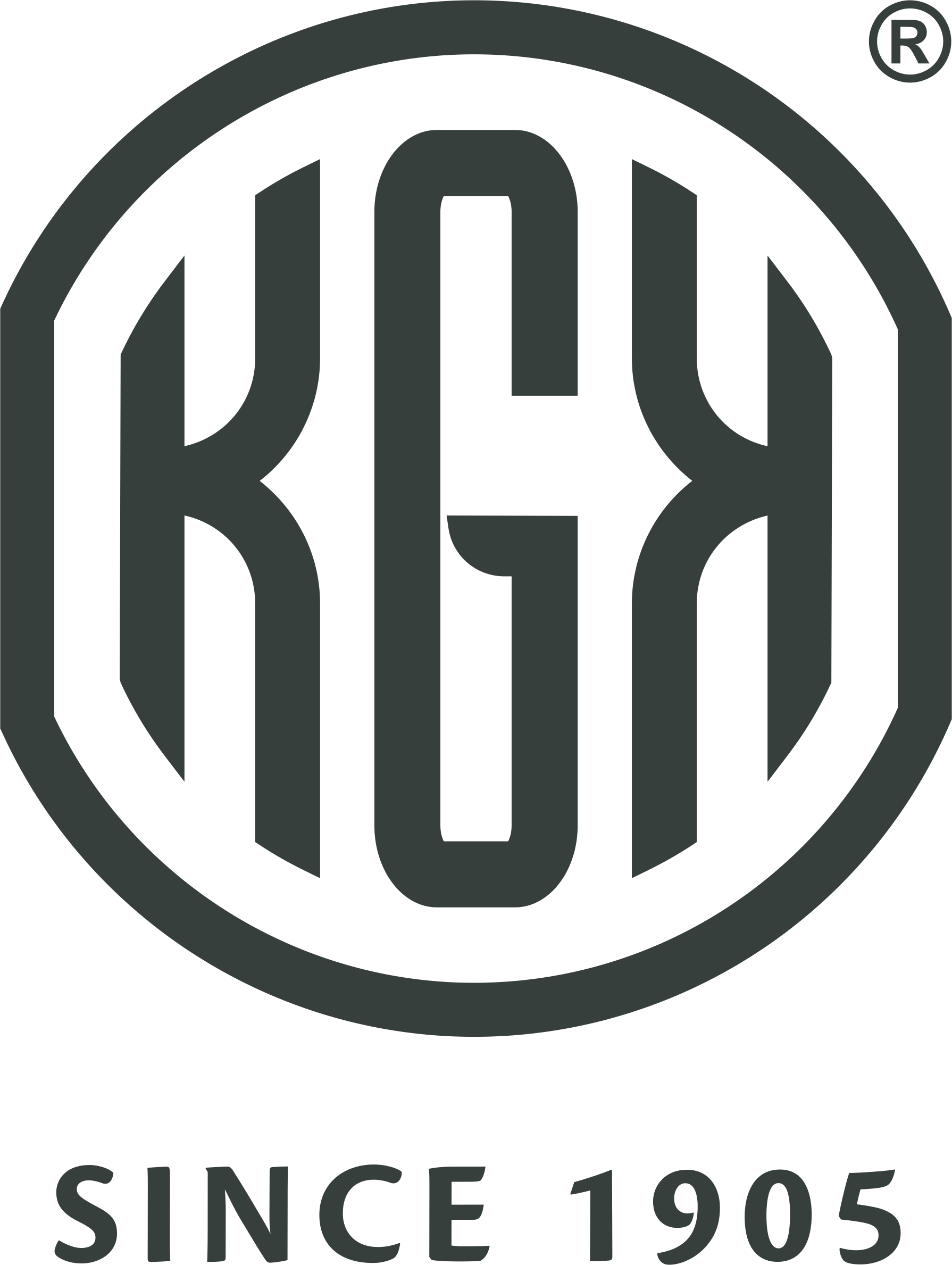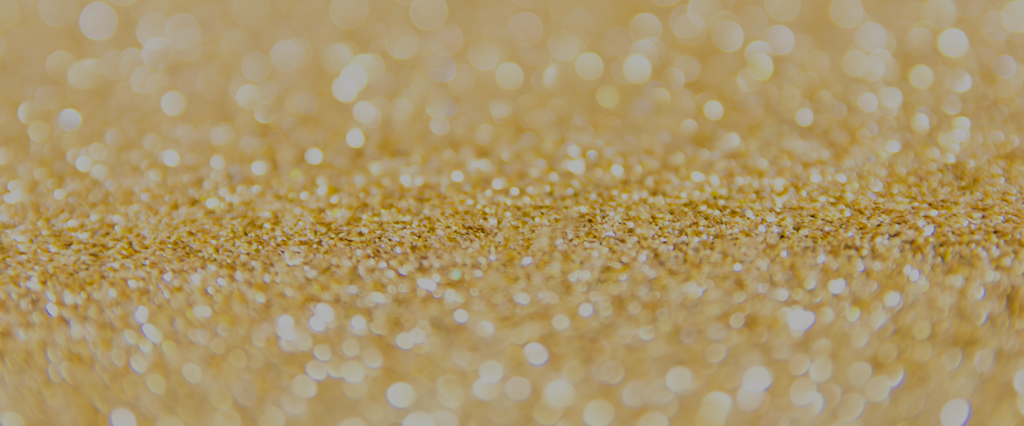Making jewellery out of gold is one of the most novel professions in this world. You get to work with the most exotic metal present on this earth; gold. However, working with gold has a downside that a lot of jewellers often neglect wastage. While working with gold, it often happens that extra scraps of gold are cut away from the main piece and are reused in the next batch. But what about the gold dust that floats in the air as it is filed, scraped, and polished away from the piece?
As it turns out, the gold dust getting collected in a jeweller’s shop is nothing short of a gold mine in itself. This gold dust has the kind of limitless potential that can turn the tide around in your favour if used correctly. However, the real question is, how can that be made into a reality?

The answer is quite simple by collecting the gold dust and processing it. Here is how jewellers can capture every particle of their gold dust waste.
How to Collect Gold Dust From a Jeweller’s Shop?
Clean The Shop : The first and foremost thing to do is to give the shop cleaning every once in a while. Make sure that you are checking the corners and covering the entire floor while you are at it. Gold dust may be floating in the air while you work, but because of its weight, it always settles somewhere.
Check The Shoes and Clothes : Your clothes and shoes are the most susceptible to gold dust just sticking on it and getting carried away, and probably just getting washed out as you clean up. Before leaving the shop, you can check your shoes, clothes, and even hair for any gold dust stuck in them. You can also use disposable shoe covers and coveralls to stop the dust from getting stuck on you and just remain in the shop whenever you leave. This will also ensure that you won’t bring any dust or dirt from the outside and into the shop.
Check The Work Bench : The workbench is where most of the work is done by a jeweller. As a result, this is where most of the dust will be. Putting a collecting cloth or tray under the table will collect the dust and smaller shavings of gold that were removed while working.
Check The Machines : If you have a polishing wheel or any other machinery in the shop, there are chances that you will find more of that fine dust collected in the vicinity of them. Sweeping around them, you can collect a lot of gold dust from around the machinery as well.
Collect The Water After Washing Hands : Without your notice, a lot of gold dust is actually also getting on your hands. So if you have the habit of washing your hands at the end of your day or before meals, you can collect the water in a bucket. With the effect of sedimentation, the gold dust will just settle to the bottom of the water, where you can collect it later.
Don’t Forget The Floor Mats : There is a famous example of a person buying the floor mat from the outside of a jewellery workshop that had remained untouched for about 8 years. After processing the dust from the mat, this guy made more than a thousand pounds in cash. If he can, just imagine what is lying inside the floor mats of your workshop.
The basic idea in a jewellery workshop is not throwing away any of the trash until you have made sure that it actually is trash.
What After Collection?
After collecting the dust, the gold can be processed to transform it into usable material. You can either use this material, much like other scraps or sell this gold to bring in more cash into your workshop.
However, if you do not wish to go through all this hassle of collecting scrapes from your workshop and clothes, you will be glad to know that there are other options available for you as well. You can buy your jewellery pre-made from one of the top 10 jewellery manufacturers, KGK Group. We work towards bringing life to your designs, so your collections can appeal to your customers at every step. Get in touch with an expert now.










